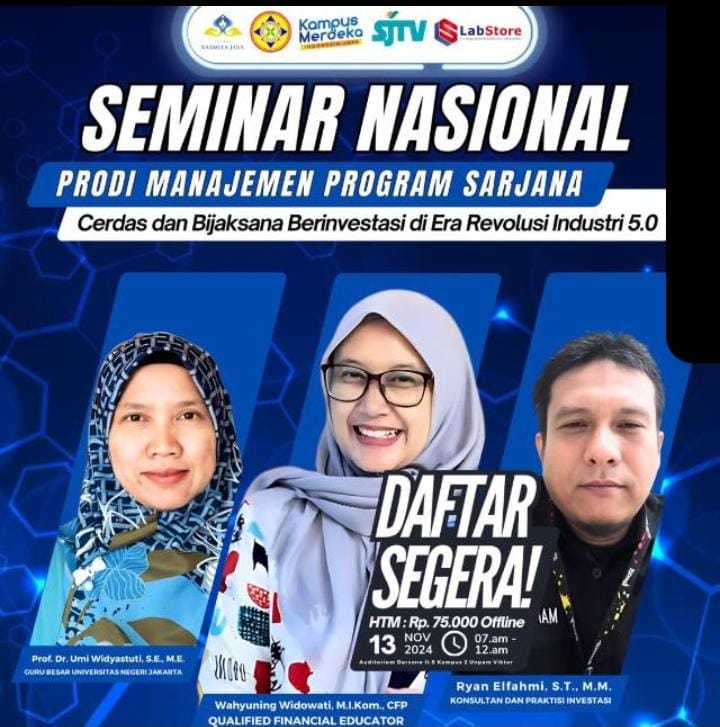Analisis Kecanduan Gadget pada Mahasiswa Universitas Pamulang
Keywords:
Kecanduan Gadget; Mahasiswa; Kesehatan Mental; Prestasi Akademik.Abstract
Penelitian ini bertujuan untuk menganalisis faktor-faktor yang memengaruhi kecanduan gadget pada mahasiswa Universitas Pamulang dan dampaknya terhadap prestasi akademik serta kesehatan mental. Melalui survei yang melibatkan 107 responden, ditemukan bahwa 70% mahasiswa menggunakan gadget lebih dari 5 jam per hari, dengan aktivitas utama berupa media sosial dan gaming. Hasil analisis menunjukkan adanya korelasi negatif antara waktu penggunaan gadget dan prestasi akademik, di mana mahasiswa yang kecanduan cenderung memiliki IPK lebih rendah. Selain itu, 60% responden me-laporkan mengalami kecemasan dan gangguan tidur akibat penggunaan gadget yang berlebihan. Penelitian ini merekomendasikan perlunya program edukasi untuk meningkatkan kesadaran tentang penggunaan gadget yang sehat dan seimbang
References
Kumar, A. K., & Sherkhane, M. S. (2018). Assessment of gadgets addiction and its impact on health among undergraduates. International Journal Of Community Medicine And Public Health, 5(8), 3624. https://doi.org/10.18203/2394-6040.ijcmph20183109
Lepp, A., Barkley, J. E., & Karpinski, A. C. (2014). The relationship between cell phone use, academic performance, anxiety, and Satisfaction with Life in college students. Computers in Human Behavior, 31(1), 343–350. https://doi.org/10.1016/j.chb.2013.10.049
Noë, B., Turner, L. D., Linden, D. E. J., Allen, S. M., Winkens, B., & Whitaker, R. M. (2019). Identifying Indicators of Smartphone Addiction Through User-App Interaction. Computers in Human Behavior, 99, 56–65. https://doi.org/10.1016/j.chb.2019.04.023
Brand, M., Young, K. S., Laier, C., Wölfling, K., & Potenza, M. N. (2019) Integrating psychological and neurobiological considerations regarding the development and maintenance of specific Internet-use disorders: An interaction of person-affect-cognition-execution (I-PACE) model. Neuroscience & Biobehavioral Reviews, 104, 34-47.
Skinner, B. F. (1953). Science and Human Behavior. New York: Free Press.
Blumler, J. G., & Katz, E. (1974). The Uses of Mass Communications: Current Perspectives on Gratifications Research. Beverly Hills, CA: Sage.
Young, K. S. (1998). Internet Addiction: The Emergence of a New Clinical Disorder. CyberPsychology & Behavior, 1(3), 237-244.
Przybylski, A. K., Murayama, K., DeHaan, C. R., & Gladwell, V. (2013). Motivational, Emotional, and Behavioral Correlates of Fear of Missing Out. Computers in Human Behavior, 29(4), 1841-1848.
Chotpitayasunondh, V., & Douglas, K. M. (2016). How “Phubbing” Became a Social Norm: The Effects of Cellphone Use on Face-to-face Social Interactions. Computers in Human Behavior, 63, 10-16.
Sugiyono. (2022). Metode Penelitian Kuantitatif, Kualitatif, dan R&D. Bandung: Alfabeta.
Sunarsi, S. P. (2021). Metode Penelitian Kuantitatif. Tangerang.
Yusuf, M. (2017). Metode Penelitian: Kuantitatif, Kualitatif, dan Penelitian Gabungan. Jakarta: Kencana
Twenge, J. M., Joiner, T. E., Rogers, M. L., & Martin, G. N. (2019).Increases in depressive symptoms, suicide-related outcomes, and suicide rates among US adolescents after 2010 and links to increased new media screen time*. *Clinical Psychological Science, 6(1), 3-17.
Downloads
Published
How to Cite
Issue
Section
License

This work is licensed under a Creative Commons Attribution-NonCommercial-ShareAlike 4.0 International License.











